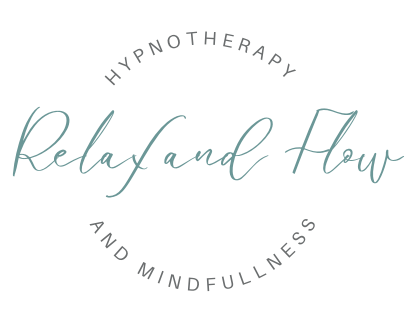Pain, Safety and the Primitive Brain
What do I mean by the ‘primitive brain’? I mean the parts of the brain which respond, largely subconsciously, to what is going on around me and create sensations in the body which influence my conscious responses. For example, if I accidentally touch a burning hot surface (maybe a metal handle out in the sun during a heatwave), signals pass from my hand to my primitive brain and my primitive brain makes an interpretation – ‘danger – heat’ – and I quickly pull my hand away and put it into something cold to take away the pain. The pain is a danger signal from my primitive brain. My primitive brain is keeping me safe.
Perceived Danger
My primitive brain sometimes doesn’t feel safe, and I mean, for extended periods of time, not just when it interprets sensations from the body as dangerous. For some reason, it has become hypersensitive and hypervigilant. It has decided to be on guard. It has decided there is danger all around.
Of course, this decision is subjective. Probably there is very little danger and my primitive brain could be more relaxed, knowing that it is able to detect real danger in the blink of an eye and can react just as quickly and effectively. It doesn’t need to be on high alert all the time in order to function effectively. In fact, being on high alert all the time can make it less effective because it starts to react to perfectly safe sensations as if they were dangerous.
The Child-like Nature of the Primitive Brain
It’s like a little child, in unfamiliar territory, wondering if there is any danger around and responding fearfully to anything which even suggests it in a vague way.
Once it has identified something as potentially dangerous, it starts to make some noise.
I might try to ignore it, power through or tell it to stop bothering me – there’s nothing dangerous going on.
And, just like with a little child, if you’re bossy and tell it to be quiet, it just feels even less safe and makes even more noise.
With a small child, this noise might be crying, screaming or shouting.
My primitive brain has quite a big repertoire of effects at its disposal – physical pain, the sensations of anxiety in the body, nausea, itchiness, urges to rush to the toilet, uncomfortable sensations in the digestive tract, fatigue, the urges to run away, fight, freeze or go all floppy and submit, tingling, heat sensations, stabbing sensations, the sensations of panic, tightness in muscles, headaches, sensitivity to sound, whistling sounds in the ears…. (the list goes on).
Calming the Primitive Brain
As with a small child, the best things to do are to make it feel listened to and comfort it.
When the child feels listened to and comforted they calm down and stop crying out.
When the primitive brain feels listened to and comforted they turn the volume of the symptoms down.
How Does This Hypervigilance Develop?
The primitive brain can become hypersensitive to perceived danger all of a sudden or gradually, over time.
The sudden change can come about through a traumatic life event which can reduce your confidence and make danger seem an ever-present threat, or it can come about following a physical injury or illness.
The gradual change can come about through ongoing stressful situations in life. Gradually we can develop behaviours to cope with the stress, which reinforce the feelings of danger, for example, when we repeatedly avoid certain stressful situations we are sending messages to our primitive brains that these situations are dangerous.
Of course, sometimes situations truly are dangerous and should be avoided, but situations which are not truly dangerous, simply difficult, if repeatedly avoided, can take on the feeling of being dangerous.
Tip – Listen to those unpleasant sensations in the body; give them time to express themselves.
Tip – Tell your primitive brain – “You are safe; I’m here for you now; we’re going to get through this together.”
Keep doing these simple exercises when you feel the physical sensations of stressful situations arising and you are putting in place and making habitual, new, positive neural pathways in the brain, new pathways towards freedom from chronic anxiety and pain.
Related posts
Getting To The Bottom Of Anxiety
The ‘Spiral of Anxiety’ Understanding the ‘spiral of anxiety’ is one way of
Easing chronic pain and anxiety to make life less difficult
When I have put my subconscious mind on high alert it tends to interpret neutral signals from the bo
Ways of Finding Calm and Positivity When Feeling Pain or Anxiety?
To address the question of finding calm and positivity while experiencing pain and anxiety I am goin



